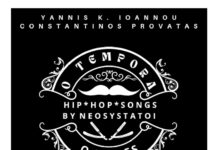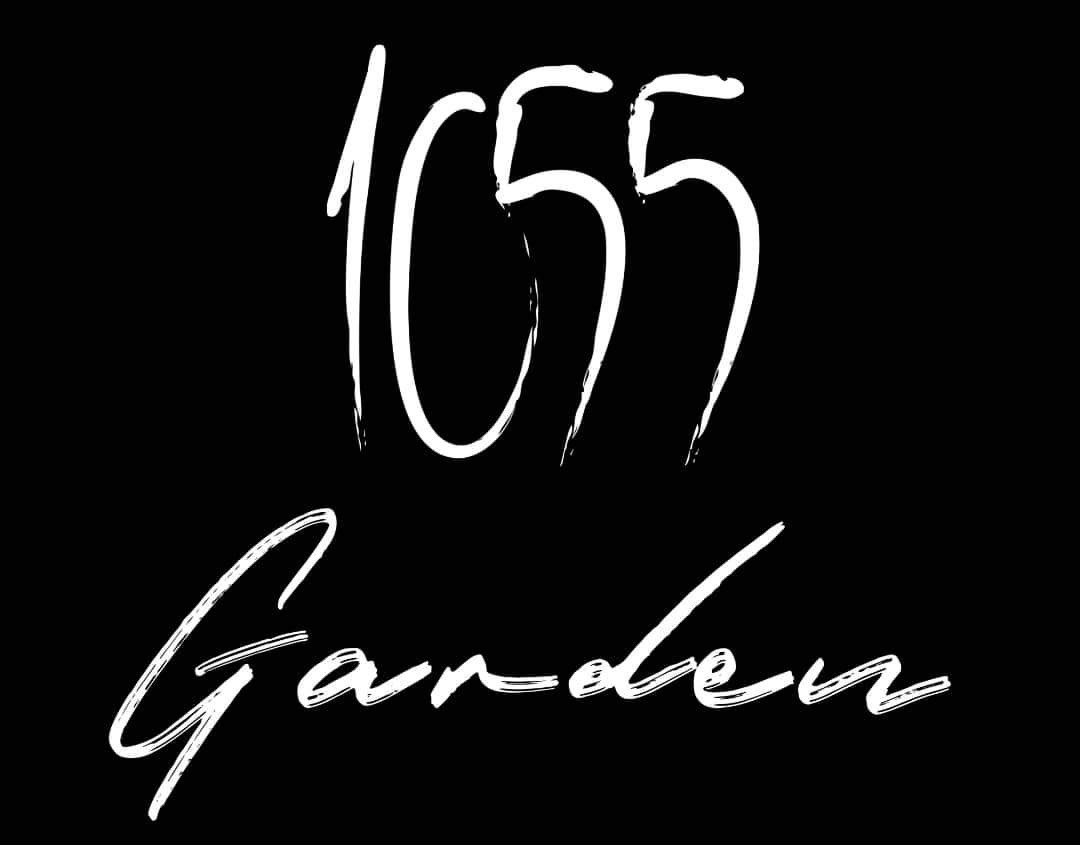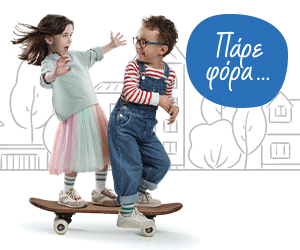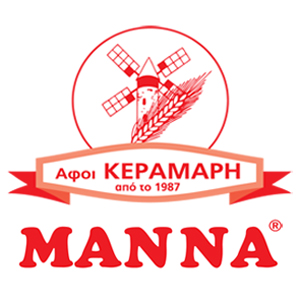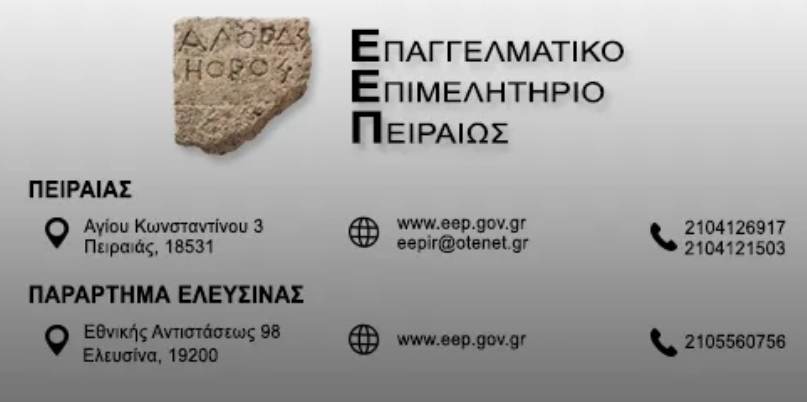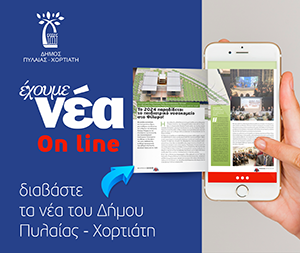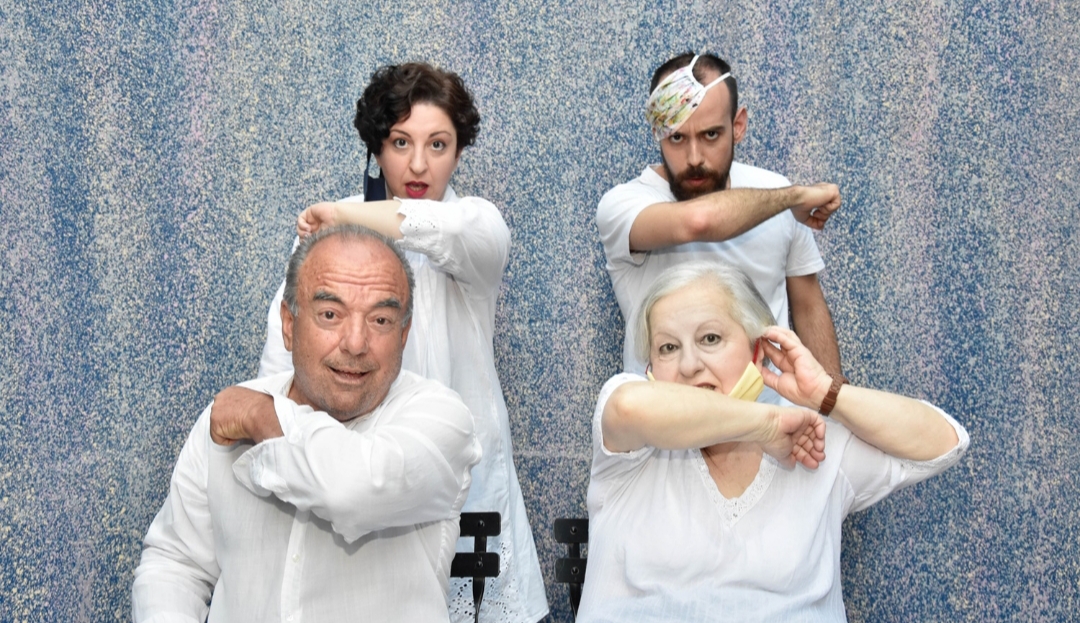Επιμέλεια: Εύα Πετροπούλου Λιανού
In the realm of contemporary visual art, Anna Keiko may not yet be a household name among the giants of the global art scene, but her work holds a narrative potential and visual expression that should not be underestimated. One of her notable pieces is a 50×60 cm painting that, at first glance, suggests gestural freedom and the power of color. Yet, behind that freedom lies structure, silent narrative, and deep cultural resonance.
The painting presents three compositional clusters—two vertical figures and one group in the lower right—composed of rough brushstrokes, contrasting colors, and strong textures. Dominated by black, red, yellow, and green, these form ambiguous figurative shadows: are they humans, masks, or cultural silhouettes?
This essay aims to unpack the work from various perspectives: the history of painting, relevant art movements, aesthetic theory, symbolic approaches, and the broader global context in which it resides.
Gestural Aesthetics and the Legacy of Abstract Expressionism
If we trace the history, Keiko’s spontaneous, dynamic, and emotionally charged brushstrokes have strong roots in Abstract Expressionism. This movement emerged in post-WWII America, led by figures such as Jackson Pollock, Mark Rothko, and Willem de Kooning. They rejected representational forms in favor of gesture and abstraction as a means to express the soul and existential condition.
Anna Keiko, though living in a different era and cultural context, seems to inherit this spirit. Her use of impasto (thick paint application) invites a sensory perception of texture and depth, making the painting seem alive and in motion. In her hands, paint becomes more than a medium—it becomes a “body language” that speaks directly to the viewer’s senses and emotions.
Figurative Ambiguity: Between Representation and Imagination
Unlike pure Abstract Expressionism, which often forgoes representation altogether, Keiko’s work offers shadowy but distinct silhouettes. We see “figures”—perhaps human, divine, or cultural icons—yet without clear detail. This situates her work within the spectrum of Neo-Expressionism, a movement that re-emerged in the 1980s as a critique of minimal and conceptual art.
Neo-Expressionism revived the human form in raw, expressive, and sometimes brutal ways. Keiko reflects this through a subtler, more contemplative approach. She doesn’t simply paint humans; rather, she suggests their presence through shadows and fragmented forms. As if inviting us to see humanity not through physical form, but through its traces and lingering energy.
Color Symbolism and Visual Tension
The color palette Keiko employs is far from arbitrary. Black dominates as background and contour, red evokes emotional intensity, yellow brings light and vitality, while green resonates with nature. These hues are not smoothly blended but rather “clashed,” creating strong visual tension.
In expressionist color theory, each color carries an emotional and symbolic charge. Kandinsky, a pioneer of abstraction, once wrote that color is a “psychic instrument.” In this context, Keiko’s colors are not decorative, but symbolic—conveying an unspoken narrative beyond words.
Eastern Touch: Zen, Emptiness, and the Meaning Within Silence
The name “Keiko” carries a Japanese nuance, and the minimalist tendencies in her composition suggest the influence of Eastern aesthetics. Traditional Chinese and Japanese ink painting, such as sumi-e, emphasizes the importance of emptiness, space, and brush movement as core aesthetic elements.
In Zen philosophy, perfection is found within imperfection. Keiko’s painting, with its rough, unfinished forms that seem to “pause mid-thought,” invites contemplation. It speaks through silence—eschewing literal narrative in favor of a personal, introspective experience. In this way, Keiko unites the duality of East and West: the expressive freedom of the West with the meditative depth of Zen visual tradition.
Art as a Cross-Cultural Space
In an increasingly fluid global art landscape, works like Anna Keiko’s serve as vital cultural bridges. Her work does not align itself with a single tradition—not strictly Western, nor purely Eastern. Instead, it embodies the global artist of today—working across geographic, historical, and artistic boundaries.
Her painting demonstrates that art need not choose between abstraction and figuration, between the personal and the universal, or between emotion and concept. All can coexist within the same canvas, just as our world moves in ever-growing complexity.
Positioning the Work within the Contemporary Art Map
In the midst of conceptual, digital, and interactive installation art, gestural painting like Keiko’s remains relevant. Arguably, it is becoming even more vital as a form of resistance to the sterile nature of digitization. The human touch, the brush’s trace, and visual irregularity become the “honesty” sought in an era of visual simulation.
Keiko’s painting stands as proof that “painting” is far from obsolete. It is not merely a traditional medium, but a transformative one—capable of fostering contemplation, self-expression, and cross-cultural reflection.
What may appear to be a modest-sized painting holds layers of thought and complex visual intensity. It stands as evidence that abstract art is not an escape from reality, but rather a quest for meaning beyond surface representation.
Within a single canvas, Anna Keiko invites us to explore art history, dive into inner depth, reflect on color symbolism, and ultimately—meet ourselves. She is not merely an artist who paints forms, but one who transforms visual experience into spiritual and cultural resonance.
West Sumatra, April 7, 2025







